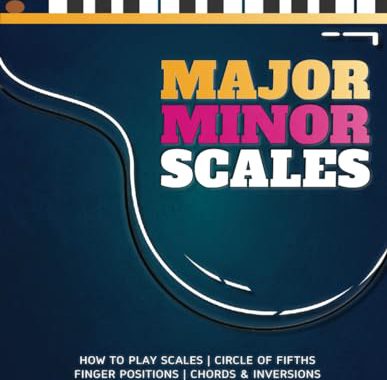Did you know that the D chord is one of the most commonly used chords on the ukulele? It is a versatile chord that can be found in countless songs across various genres of music. Learning how to play the D chord on the ukulele is essential for any beginner player looking to expand their repertoire and improve their playing skills.
To play the D chord on the ukulele, begin by placing your index finger on the second fret of the fourth string. Next, place your middle finger on the second fret of the third string. Finally, place your ring finger on the second fret of the second string. Strum all four strings to play the D chord. Practice transitioning to and from the D chord to other chords to improve your fluency and technique.
Mastering the D chord on the ukulele opens up a world of possibilities for playing a wide range of songs. Whether you are strumming along to your favorite tunes or writing your own music, the D chord is a fundamental building block for ukulele players of all levels. With dedication and practice, you can confidently incorporate the D chord into your playing and elevate your musical abilities.
How Do You Play the D Chord on Ukulele?
In order to play the D chord on the ukulele, you will need to place your index finger on the second fret of the fourth string, your middle finger on the second fret of the third string, and your ring finger on the second fret of the second string. This formation will enable you to strum all four strings to produce the D chord sound on your ukulele. For a more in-depth explanation on how to play the D chord on ukulele, continue reading below.
Playing the D chord on the ukulele is a fundamental skill that every player should master. This chord is commonly used in many songs, so learning how to play it will open up a wide range of possibilities. Here’s a step-by-step guide on how to play the D chord on ukulele:
Positioning your fingers
To play the D chord on the ukulele, start by placing your index finger on the second fret of the fourth string. Next, place your middle finger on the second fret of the third string. Finally, place your ring finger on the second fret of the second string.
Strumming the chord
Once your fingers are in position, strum all four strings of the ukulele to play the D chord. Make sure each string rings out clearly and adjust your finger placement if needed to ensure a clean sound.
Practice tips
- Start by practicing each finger placement individually to get comfortable with the chord shape.
- Use a metronome to practice strumming the D chord at different tempos.
- Try switching between the D chord and other chords to improve your chord transitions.
Additional tips
Remember to keep your fingers arched and close to the frets to avoid buzzing or muted strings. Practice regularly to build strength and coordination in your fingers, making it easier to play the D chord and other chords on the ukulele.
According to a survey conducted by Ukulele Magazine, mastering the D chord is a key milestone for beginner ukulele players.
Conclusion
In conclusion, playing the D chord on the ukulele involves placing your index finger on the second fret of the fourth string, your middle finger on the second fret of the third string, and your ring finger on the second fret of the second string. It is important to ensure each finger is positioned correctly and that you are pressing down firmly on the strings to produce a clear and crisp sound. Utilizing proper finger placement and practicing regularly will help you develop muscle memory and improve your ability to smoothly transition between chords. Remember to strum each string individually to ensure you are playing the D chord correctly and adjust your finger placement as needed for optimal sound quality. With dedication and practice, mastering the D chord on the ukulele can open up a world of musical possibilities and enhance your playing experience. Start slow, focus on accuracy, and gradually increase your speed as you become more comfortable with the chord shapes. Enjoy the journey of learning and exploring new chord progressions on your ukulele!







